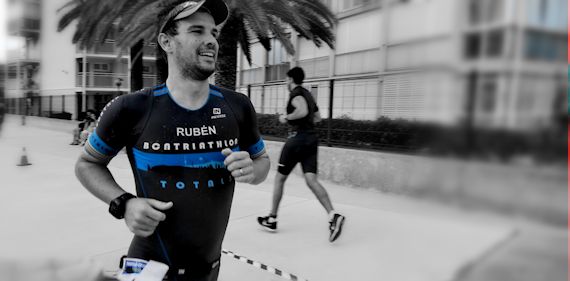An experimental study of physical activity done by researchers from the Aging and neurodegeneration group from the IIBB-CSIC, and from the Arrhythmias and physical activity research group from the IDIBAPS, Barcelona, showed a progressive activation of brain antioxidant defenses and physiological cardiovascular changes related to the running intensity level in healthy young male mice.
Physical training is known to induce remarkably benefices in the brain physiology and neuroplasticity, although the mechanisms and the response to exercise intensity level are not fully understood. The metabolic increase to fulfill the skeletal muscle energy requirements generates redox signaling molecules and other circulating mediators. However, excessive training may decrease benefices and also induce pathological cardiovascular events.
This study was performed with male mice forced to a daily treadmill running at moderate and intensive regimens but below strenuous conditions, for a human equivalent to 15 year in young adulthood. Both levels of exercise induced heart hypertrophy and brain increase of proteasome proteolytic activity, the first cell line of defense against aberrant oxidized proteins. The intensive training regimen also induced bodyweight loss, bradycardia, increased motor coordination, and dynamics changes of proteasome subunits and activation of the antioxidant enzyme catalase in brain tissue. No deleterious changes were found in memory responses, brain neuroplasticity and oxidative stress. Furthermore no cardiac hemodynamic overload was found.
Overall the study shows parallelism between improved body fitness, brain defense mechanisms and cardiac adaptation and confirms the central role of redox mechanisms in the benefices of physical activity.
Paper published:
Antioxidants 2022, 11, 1891; https://doi.org/10.3390/antiox11101891 - 23 Sept 2022
This article belongs to the special issue "Exercise-Induced Antioxidant Response and Oxidative Stress"







